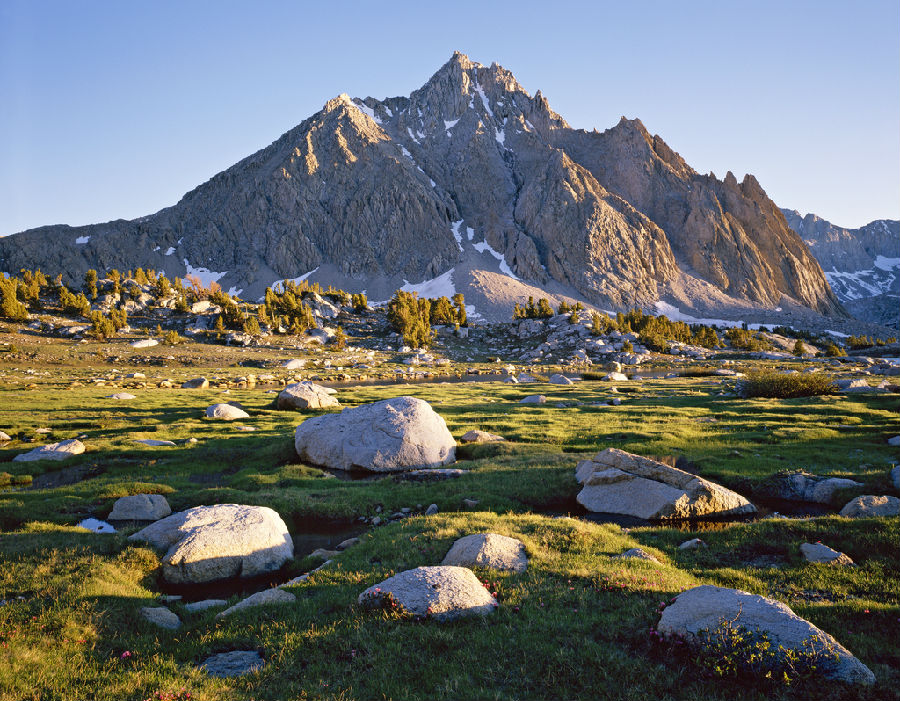So how much do we know about what's inside the Earth? Very little. Scientists are generally agreed that the world beneath us is composed of four layers—rocky outer crust, a mantle of hot, viscous rock, a liquid outer core, and a solid inner core.1 We know that the surface is dominated by silicates, which are relatively light and not heavy enough to account for the planet's overall density. Therefore there must be heavier stuff inside. We know that to generate our magnetic field somewhere in the interior there must be a concentrated belt of metallic elements in a liquid state. That much is universally agreed upon. Almost everything beyond that—how the layers interact, what causes them to behave in the way they do, what they will do at any time in the future—is a matter of at least some uncertainty, and generally quite a lot of uncertainty.

Even the one part of it we can see, the crust, is a matter of some fairly strident debate. Nearly all geology texts tell you that continental crust is three to six miles thick under the oceans, about twenty-five miles thick under the continents, and forty to sixty miles thick under big mountain chains, but there are many puzzling variabilities within these generalizations. The crust beneath the Sierra Nevada Mountains, for instance, is only about nineteen to twenty-five miles thick, and no one knows why. By all the laws of geophysics the Sierra Nevadas should be sinking, as if into quicksand. (Some people think they may be.)











